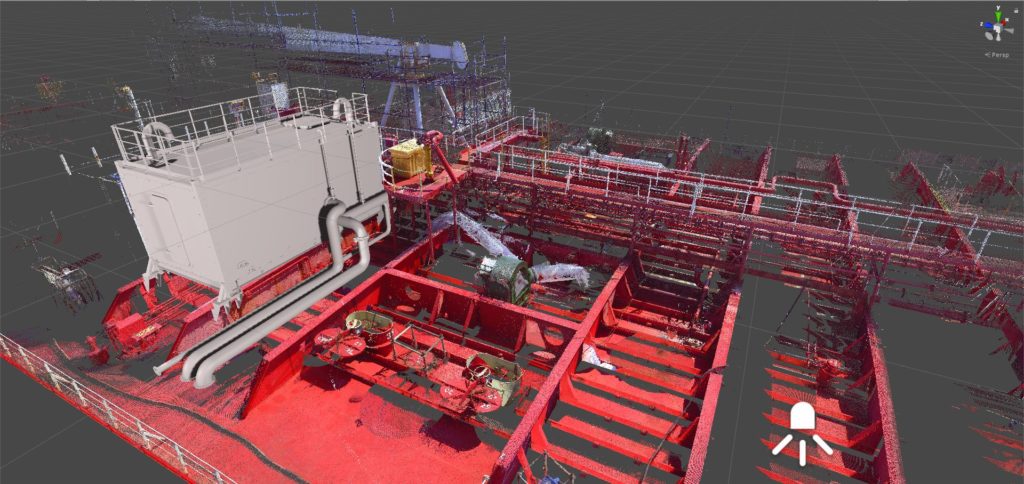The International Maritime Organization (IMO) has established stringent regulations to manage ballast water and prevent the spread of invasive aquatic species. Compliance with these regulations is crucial for marine vessels, and selecting an appropriate Ballast Water Treatment System (BWTS) is essential for meeting these standards.
Regulatory Framework
The IMO’s Ballast Water Management (BWM) Convention, which entered into force in September 2017, requires ships to manage their ballast water to remove or render harmless aquatic organisms and pathogens before discharge. The convention outlines two main standards: D-1, which involves ballast water exchange, and D-2, which requires the installation of a type-approved BWTS to treat ballast water to a specified standard.
The implementation schedule for the D-2 standard is phased, with compliance dates linked to a ship’s International Oil Pollution Prevention Certificate (IOPPC) renewal survey. This phased approach allows shipowners time to install the necessary treatment systems, with the final compliance date set for September 8, 2024.
Key Considerations for BWTS Selection
When choosing a BWTS, it is important to consider several factors to ensure compliance and operational efficiency. These include the system’s type approval, operational limitations, and the use of active substances.
1. Type Approval: A BWTS must be type-approved by the IMO and, if operating in U.S. waters, by the U.S. Coast Guard (USCG). Type approval certificates provide details about the system’s testing and operating limitations, such as salinity, temperature, and UV transmittance levels.
2. Operational Limitations: Systems should be evaluated based on their ability to operate effectively in various water conditions, including fresh, brackish, and marine waters. The system should also be robust enough to handle challenging water quality (CWQ) conditions, which can affect its performance.
3. Active Substances: Some BWTS use active substances for treatment, which require additional approval from the IMO. The GESAMP Ballast Water Working Group (GESAMP-BWWG) reviews proposals for systems using active substances to ensure they do not present unreasonable risks.
Leading Ballast Water Treatment Systems
Several BWTS have emerged as leaders in the market, offering reliable solutions for IMO compliance.
1. Alfa Laval PureBallast 3: This system is type-approved by both the IMO and the USCG and is designed to offer superior performance in all water types. It uses UV technology to treat ballast water, ensuring compliance with the D-2 standard. Alfa Laval also provides a comprehensive portfolio of service offerings to support ongoing compliance and system maintenance.
2. Seawater Electro-Chlorination Systems: These systems use electrolysis to produce sodium hypochlorite, which is then injected into the ballast water for disinfection. The treatment process typically involves filtration, disinfection, and neutralization to minimize the risk of introducing harmful organisms. These systems are effective in various water conditions and are approved by the IMO.
3. UV Disinfection Systems: UV disinfection devices are another popular choice for BWTS. These systems use ultraviolet light to inactivate aquatic organisms and pathogens in ballast water. UV systems are known for their effectiveness and reliability, making them a preferred option for many shipowners.

Challenges and Solutions
Despite the availability of advanced BWTS, shipowners face several challenges in ensuring compliance. These include operational issues, system bypassing during ballasting, and the need for decontamination of ballast tanks.
1. Operational Issues: Some BWTS may not perform as expected in real-world conditions, leading to non-compliance and potential penalties. It is crucial to select a system from a reputable supplier with a proven track record and robust support services.
2. System Bypassing: It is not uncommon for BWTS to be bypassed during ballasting operations, which can lead to untreated ballast water being discharged. To address this, ships should have clear procedures in place for managing ballast water and ensuring that the BWTS is used correctly.
3. Decontamination: In cases where untreated ballast water is discharged, the affected tanks must be decontaminated to restore compliance with the D-2 standard. This involves ballast water exchange, flushing, and final treatment via the BWTS.
Conclusion
Compliance with IMO’s ballast water management regulations is a critical aspect of modern shipping operations. Selecting a suitable BWTS involves considering factors such as type approval, operational limitations, and the use of active substances. Systems like Alfa Laval PureBallast 3 and seawater electro-chlorination systems offer reliable solutions for meeting the D-2 standard. However, shipowners must also address operational challenges and ensure proper system usage to maintain compliance and protect marine biodiversity.
